Tips for helping your leash reactive dog
Leash reactivity is a common problem among dogs that can make it difficult to take them for walks, socialize with other dogs, and interact with people. If your dog is reactive on the leash, it can be stressful and even dangerous for both you and your pet. However, there are ways to help your dog overcome this behavior and enjoy walks and socializing.
Here are some tips for helping a leash reactive dog:
-
Identify the Triggers: It's important to understand what triggers your dog's reactivity so that you can avoid those situations or manage them better. Common triggers include other dogs, people, and loud noises. Take note of what triggers your dog's reactive behavior and try to avoid those situations or gradually expose your dog to them in a controlled environment.
-
Use Positive Reinforcement: Positive reinforcement is a training technique that rewards good behavior with treats, praise, or other rewards. Whenever your dog exhibits good behavior, reward them with a treat or praise. This will help reinforce the behavior and encourage your dog to repeat it.
-
Train Your Dog: Training is essential for helping your dog overcome their leash reactivity. Work with a professional dog trainer or behaviorist to develop a training plan that is tailored to your dog's specific needs. Training can include teaching your dog basic obedience commands, such as "sit," "stay," and "come," as well as desensitizing your dog to their triggers.
-
Use a Leash or Harness: Using a leash or harness can help you better control your dog and prevent them from lunging or pulling. Use a sturdy leash or harness that fits properly and provides enough control without restricting your dog's movement.
-
Practice Desensitization: Desensitization involves gradually exposing your dog to their triggers in a controlled environment. Start by exposing your dog to their triggers from a distance and gradually move closer as they become more comfortable. Use treats and positive reinforcement to reward your dog for staying calm and relaxed.
-
Stay Calm: Dogs can sense your emotions, so it's important to stay calm and patient when working with a leash reactive dog. Avoid yelling or punishing your dog, as this can make their behavior worse. Instead, stay calm and use positive reinforcement to encourage good behavior.
-
Be Consistent: Consistency is key when working with a leash reactive dog. Stick to a regular routine and training plan to help your dog learn what is expected of them. Make sure everyone in your household is on the same page and using the same training techniques.
In conclusion, leash reactivity can be a challenging behavior to overcome, but with patience, consistency, and the right training, your dog can learn to overcome their reactivity and enjoy walks and socializing with other dogs and people. Work with a professional dog trainer or behaviorist to develop a training plan that is tailored to your dog's specific needs and stick to a regular routine to help your dog learn what is expected of them. With time and effort, you can help your leash reactive dog become a well-behaved and happy companion.

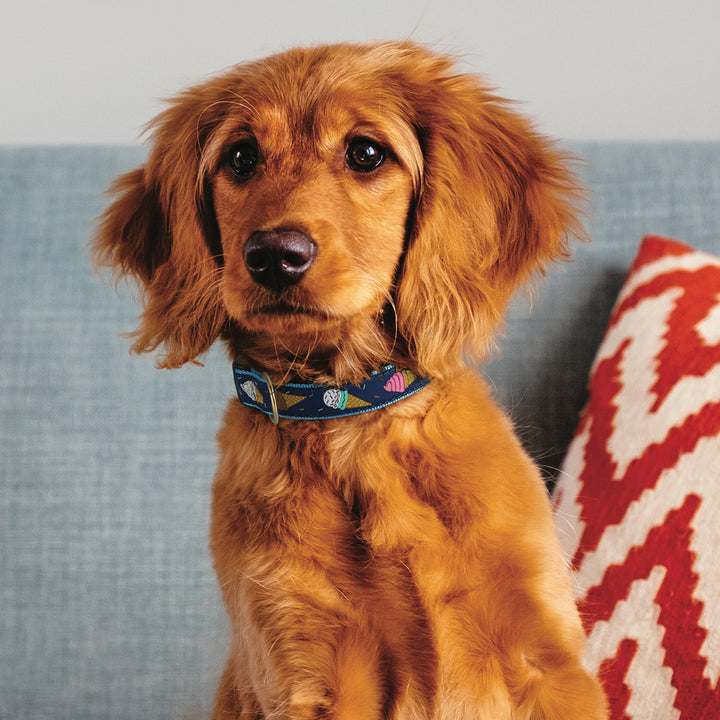
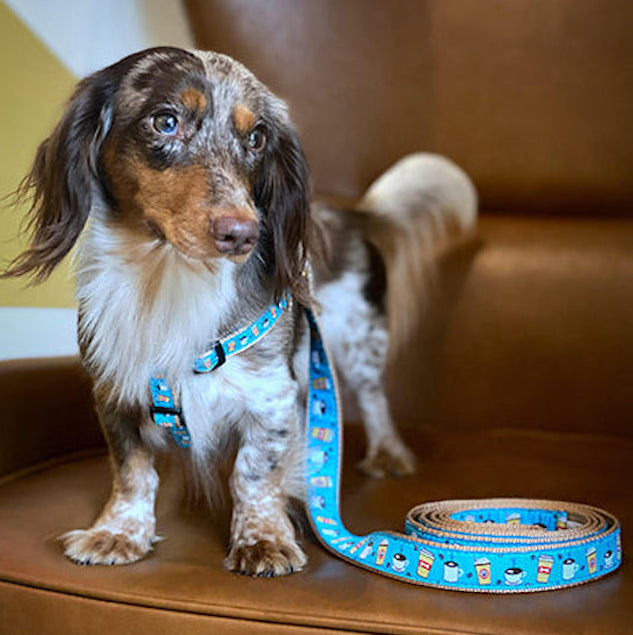
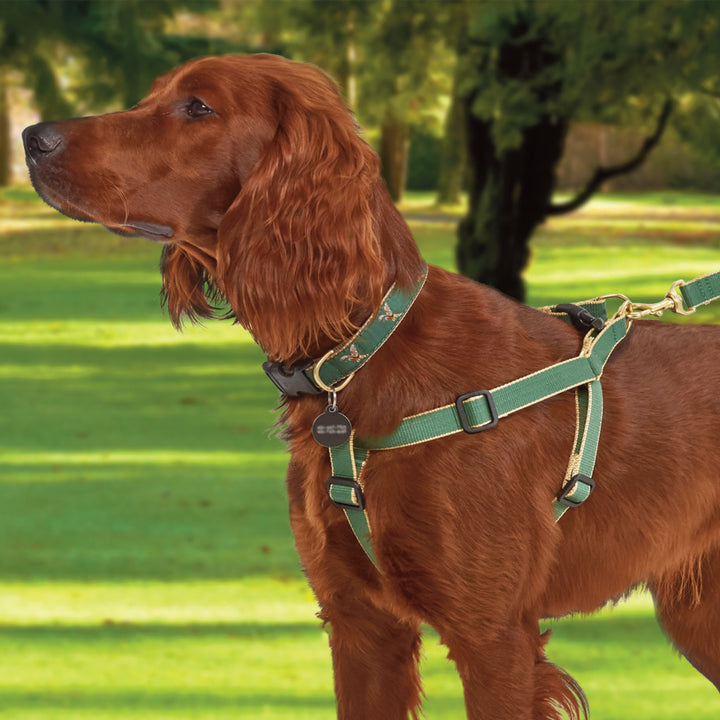
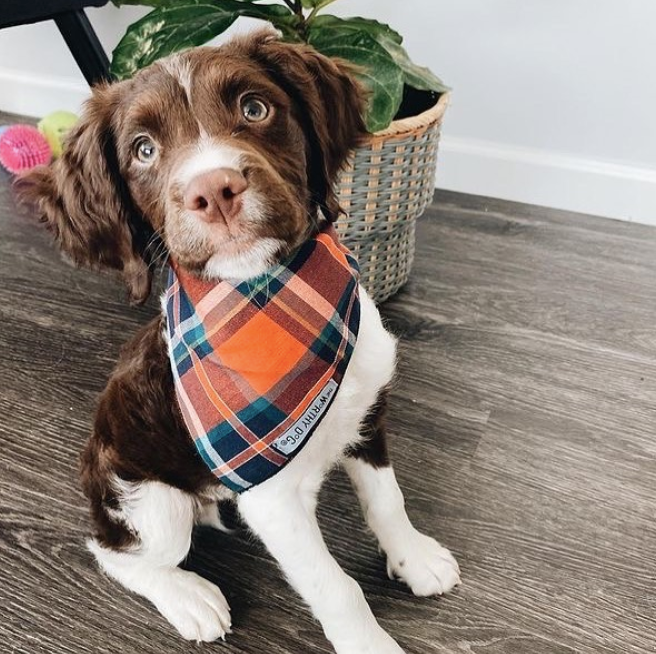

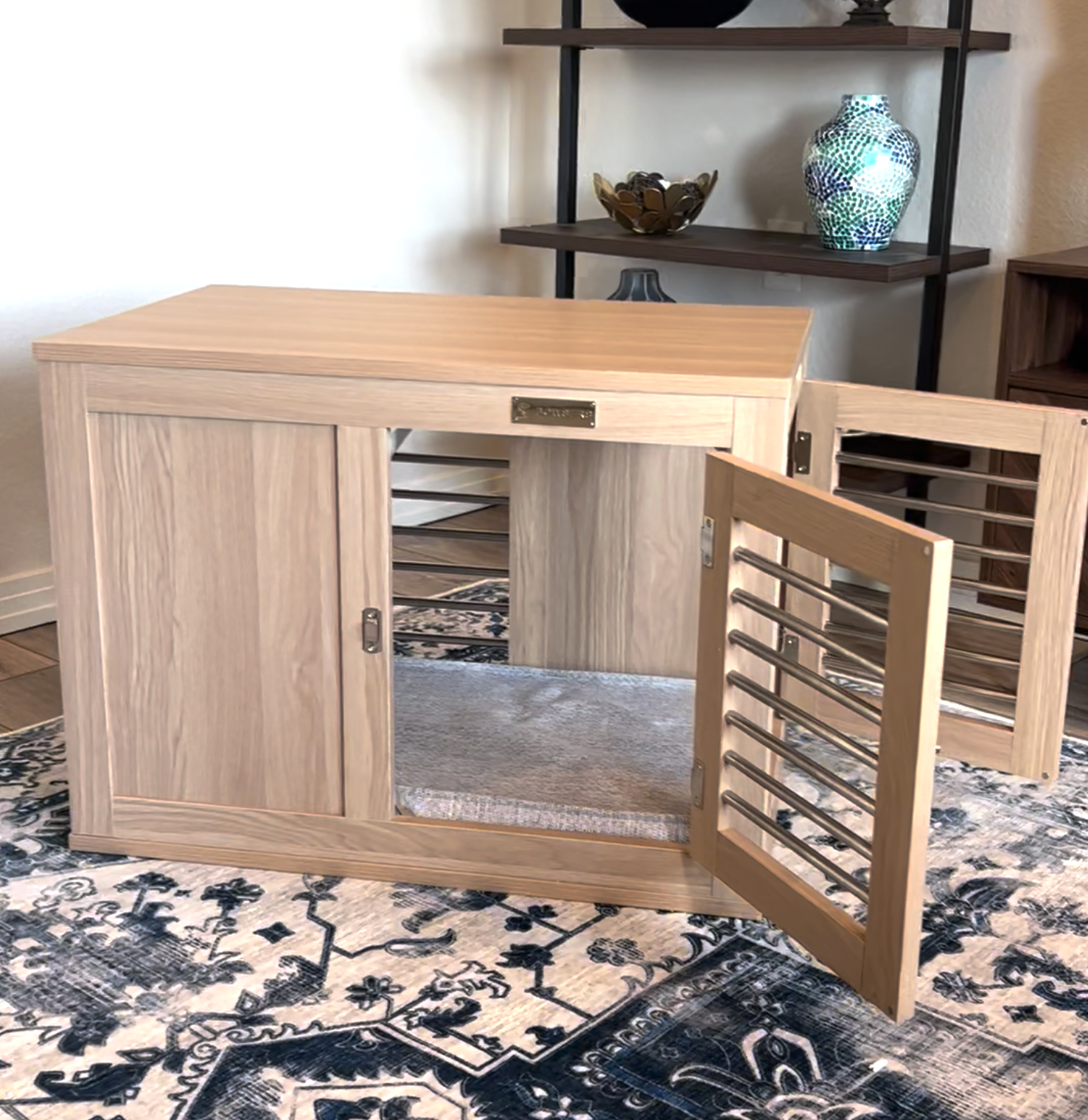



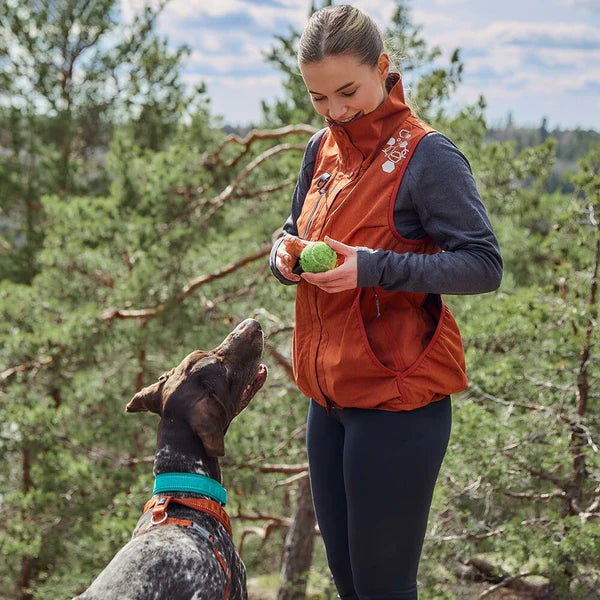

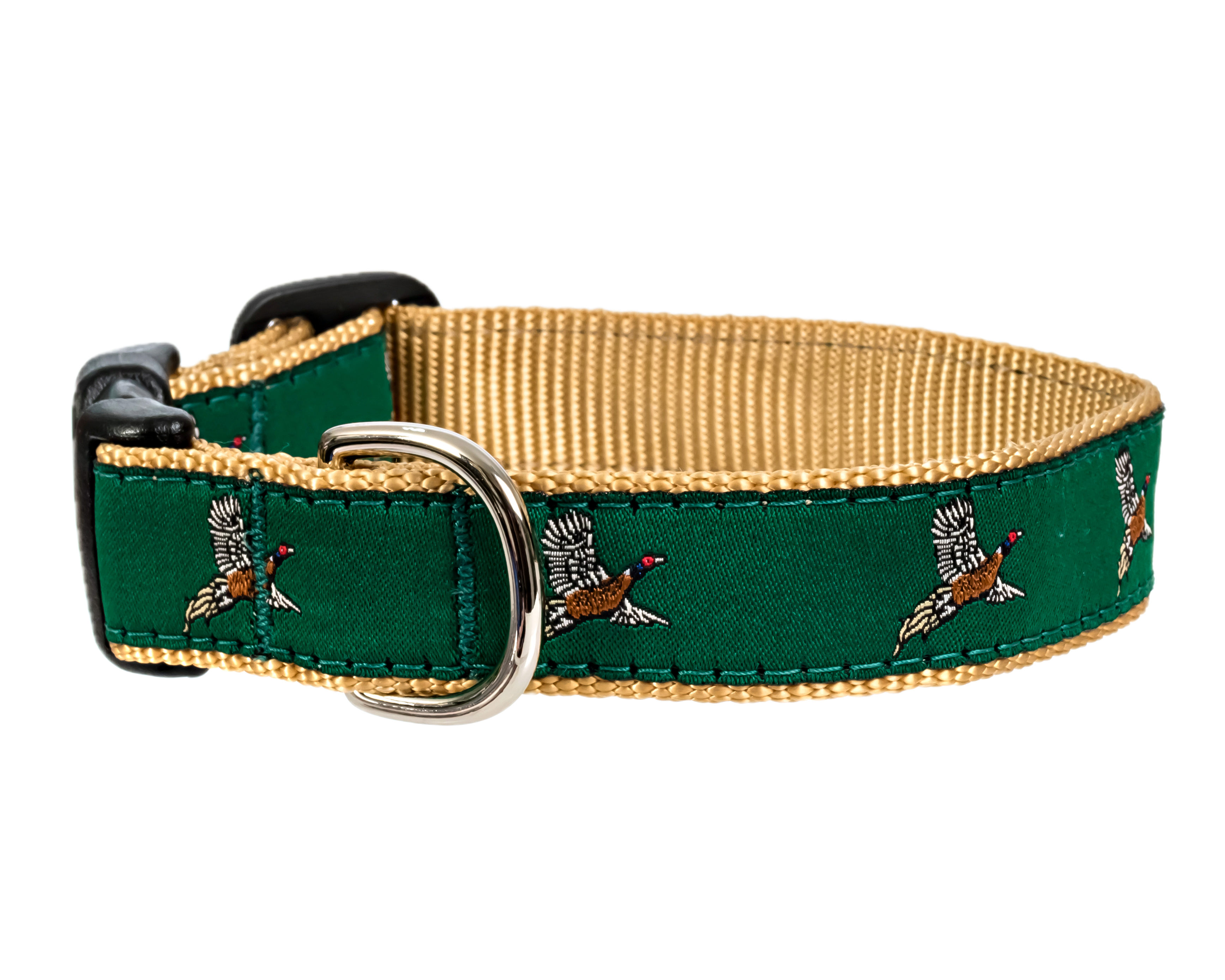
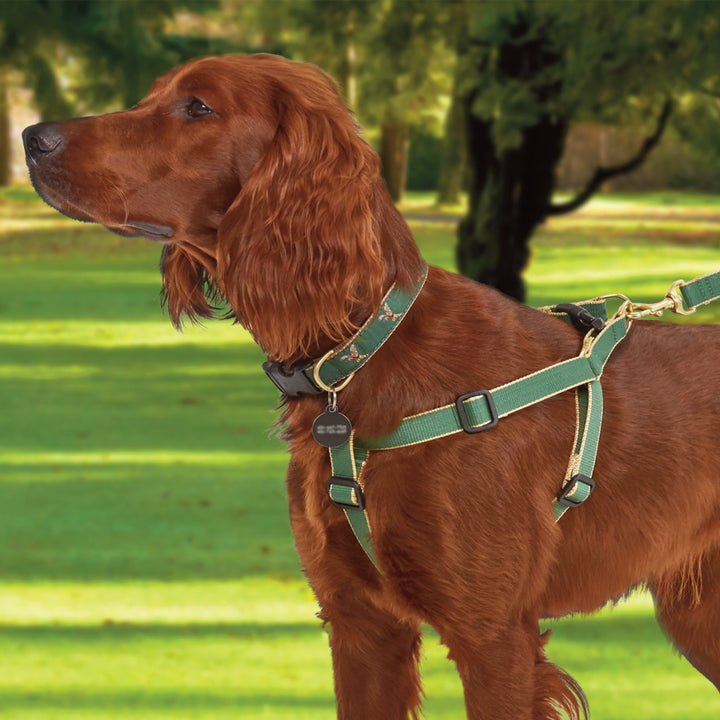
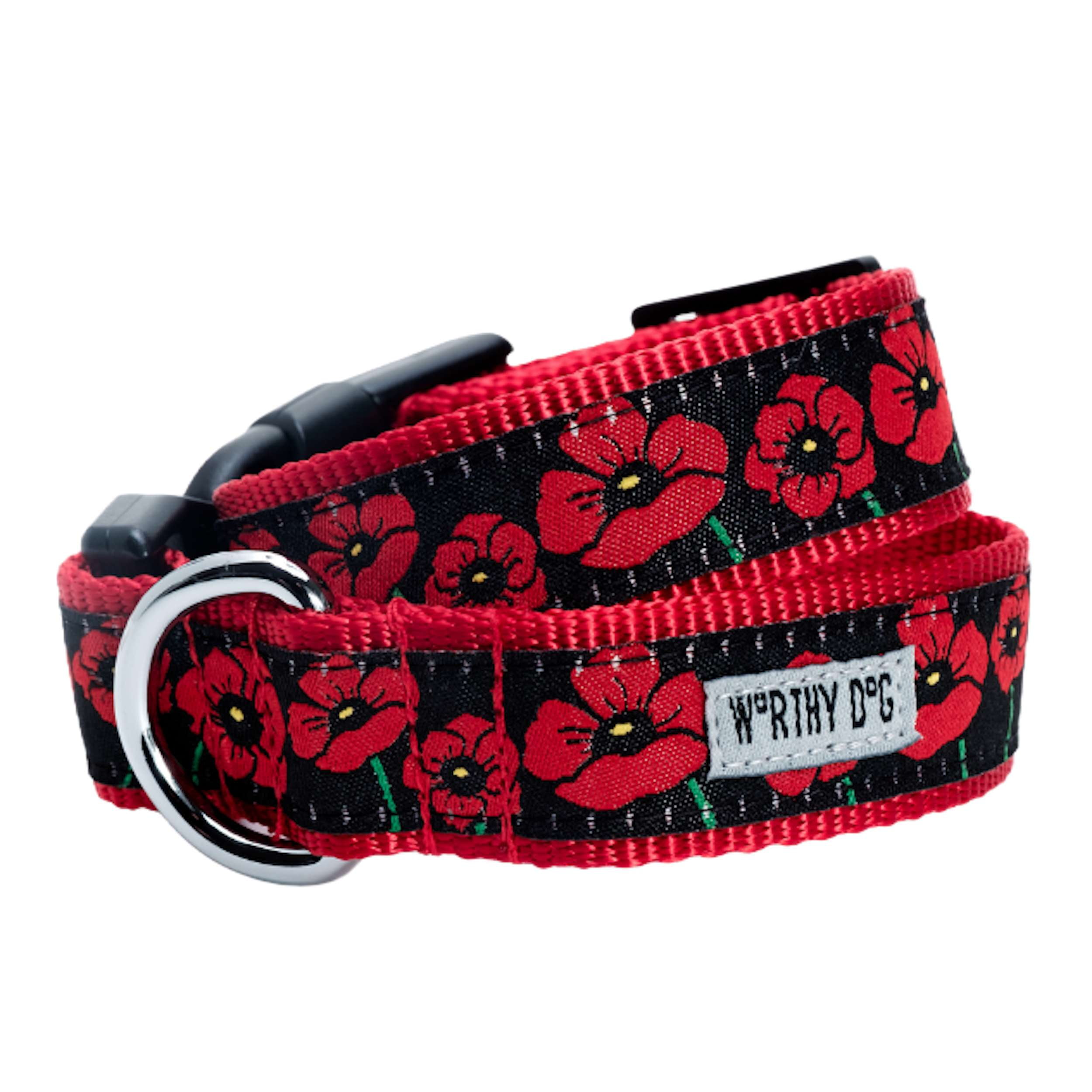
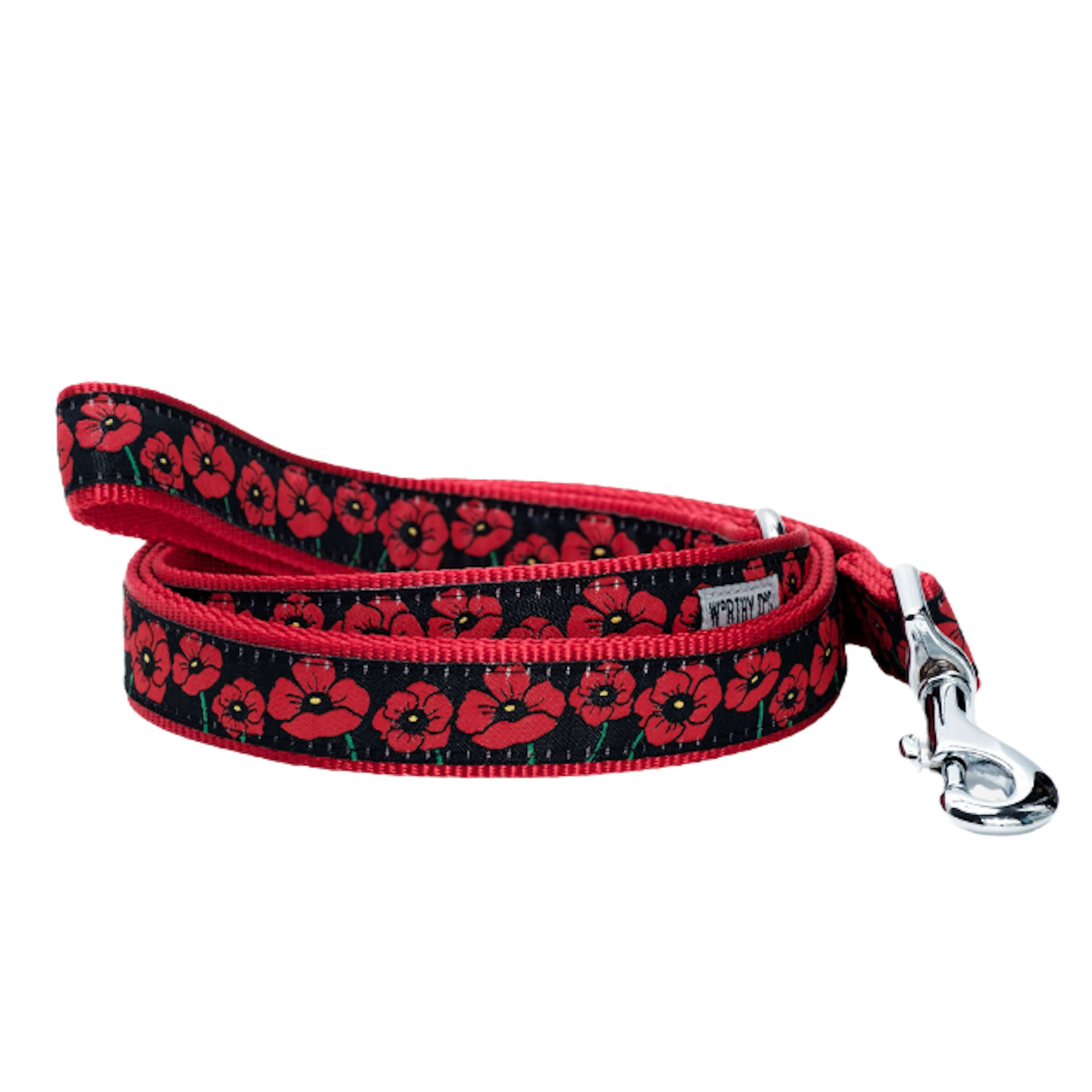


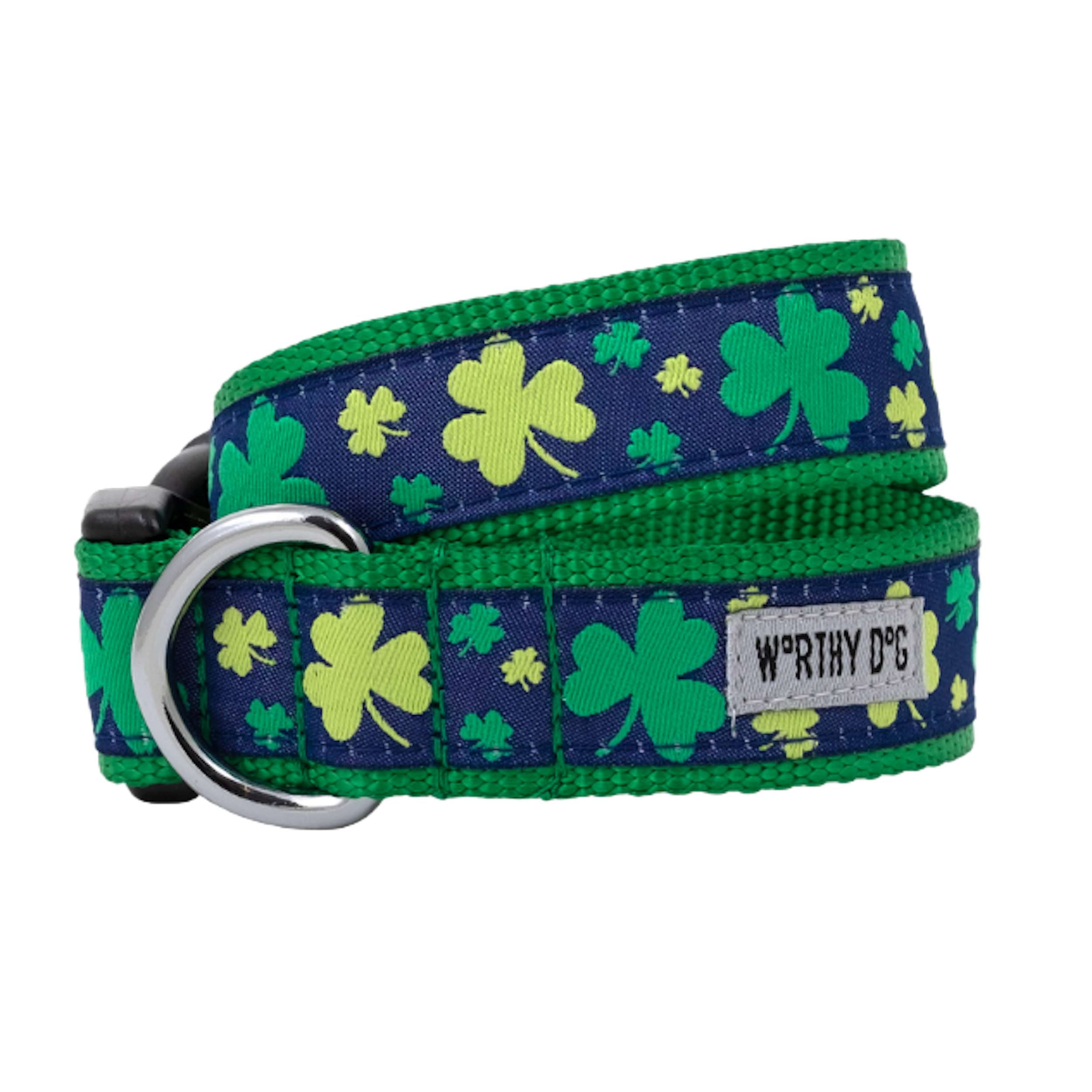
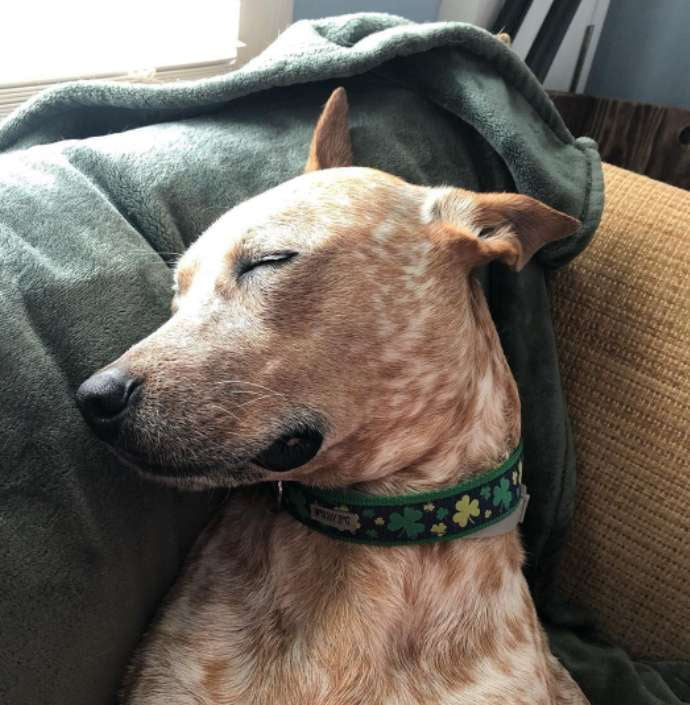


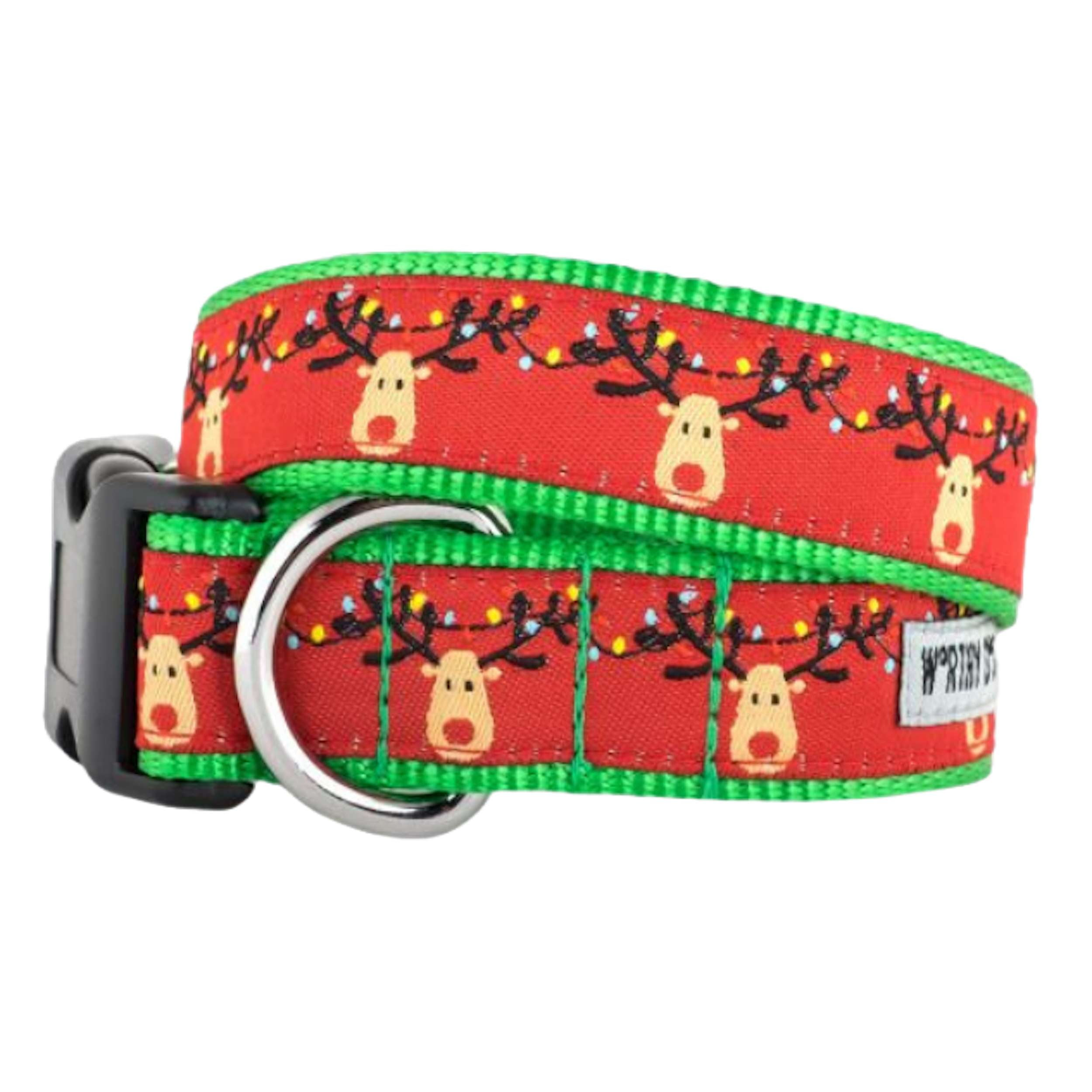
Leave a comment